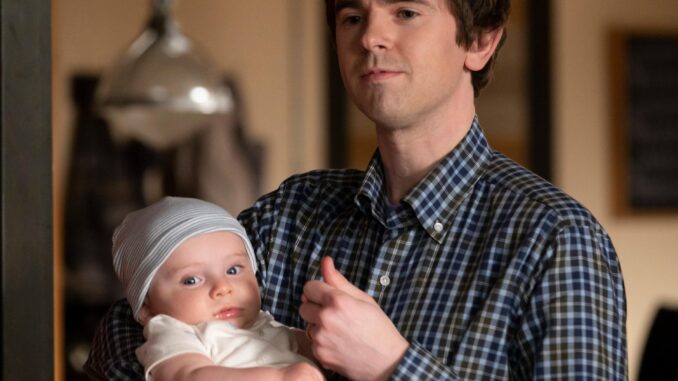
The cancellation of “The Good Doctor” after seven successful seasons left many fans surprised and saddened.
This medical drama, which followed the life of Dr. Shaun Murphy, a young surgical resident with autism and savant syndrome, resonated deeply with audiences due to its heartfelt storytelling and complex characters. However, several factors contributed to the decision to end the series, prompting a closer examination of its legacy and the challenges faced by long-running shows.
One significant reason for the cancellation was the declining viewership numbers. Although “The Good Doctor” enjoyed strong ratings in its early seasons, the audience began to dwindle in the later years. As with many shows, maintaining high ratings over time proved difficult, especially in a competitive television landscape filled with new content. Networks often rely on ratings to determine the viability of a series, and when viewership drops below a certain threshold, it raises questions about the show’s future.

Additionally, the changing dynamics of network television played a role. Streaming platforms have transformed how audiences consume media, with many viewers opting for on-demand content over traditional cable. This shift has put pressure on networks to adapt their programming strategies. As a result, series that once thrived in a linear television model now face uncertainty in securing renewal as networks prioritize shows that can draw in larger, more consistent audiences.
Another factor contributing to the cancellation was the evolving creative direction of the show. While “The Good Doctor” tackled vital themes such as mental health, medical ethics, and the challenges of autism, some viewers felt that the storylines began to recycle. This repetitiveness can lead to viewer fatigue, where audiences start to lose interest in the narrative arc. Maintaining a fresh perspective is crucial for long-running series, and if fans perceive a stagnation in storytelling, it can impact their investment in the show.
Behind the scenes, the production costs also cannot be overlooked. As a series progresses, budgets tend to increase, especially when a show becomes popular and demands higher salaries for its cast and crew. If a show’s viewership does not align with its production costs, networks may decide to cut their losses rather than continue funding a series that may no longer be financially viable.
Lastly, the landscape of medical dramas is highly competitive. With numerous shows vying for attention, it can be challenging for any single series to stand out. “The Good Doctor” faced competition not only from other medical dramas but also from various genres that capture audience interest. This oversaturation can dilute a show’s audience, making it harder to sustain viewership.
In conclusion, the cancellation of “The Good Doctor” after seven seasons was a multifaceted decision influenced by declining ratings, changing viewing habits, creative stagnation, rising production costs, and increased competition in the television landscape. While the show leaves behind a legacy of important conversations about healthcare and representation, it also serves as a reminder of the challenges faced by long-running series in an ever-evolving industry. Fans may mourn the loss of a beloved show, but they can take solace in the impact it had on the conversation surrounding autism and the medical field during its run.
